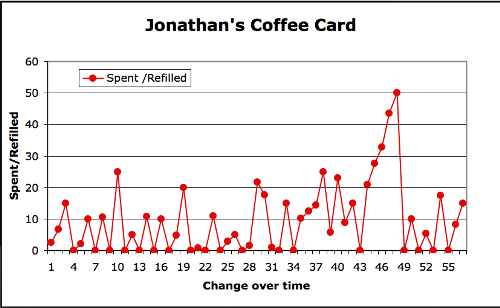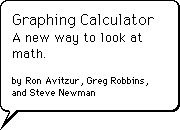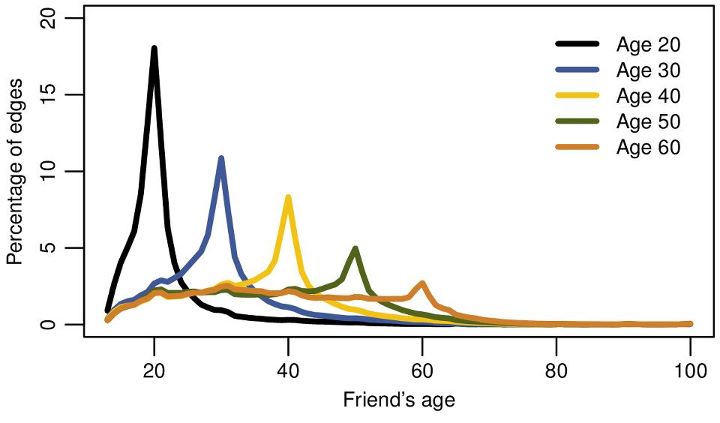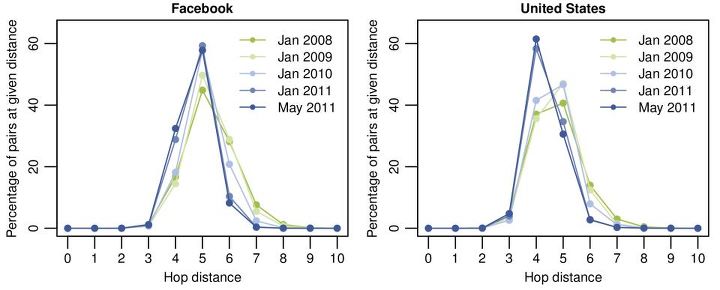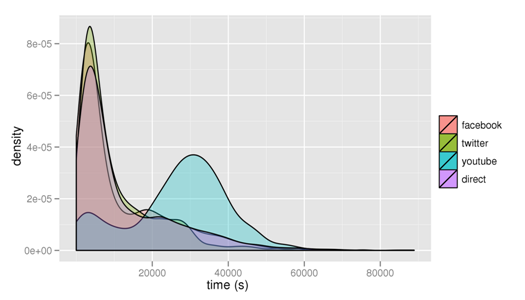Today, for relatively simple services (graphic design, translation, virtual assistant, all sorts of website development etc) that can almost be called commodity services, the market is… worldwide. You can hire easily, from your desk, a service provider at the end of the world, North America, India or South America.. it does not really matter. Did you realize it?
 Not convinced? Visit Elance or Freelance.com to see how those platforms propose to connect buyers and service providers, and what are all the possible jobs that can be done. Like E-Bay, these companies provide a platform that secures transactions, and they allow to examine the track record of buyers and sellers and the evaluations by previous users. Service providers can also show some samples of their work.
Not convinced? Visit Elance or Freelance.com to see how those platforms propose to connect buyers and service providers, and what are all the possible jobs that can be done. Like E-Bay, these companies provide a platform that secures transactions, and they allow to examine the track record of buyers and sellers and the evaluations by previous users. Service providers can also show some samples of their work.
Those platforms for e-freelancing started typically in the early 2000s. Elance mentions a 100% increase of activity in this market in the last year and foresees another doubling in 2012. The overall market can be estimated to be far more than 500M$ in 2011, and will thus pass the billion $ mark in 2012.
Moreover, these services allow talented artists and individuals from emerging countries to take part to the worldwide market and benefit directly from the economy. Clearly that puts also pressure on the prices that can be proposed by service providers from developed countries. This is a fact today: for commodity services, the market is worldwide and that won’t change. The only way to charge higher prices is differentiation and creating longer term, emotional connection with the buyer. And career or business development can also be considered from home, using only internet to sell your services!
I remember how in Europe, a proposed regulation by the European Commission to allow the liberalization of services across borders was a big political issue in the middle of the last decade. Well, it looks that this debate has been made completely obsolete by the Fourth Revolution, at least for those services that don’t need physical work or presence.
In the next post I will describe my experience in using Elance, recruiting a… Argentinian (!) designer to produce the characters I needed for my next book, “Project Soft Power”.
Stay tuned! The Fourth Revolution has not finished to astonish you!



